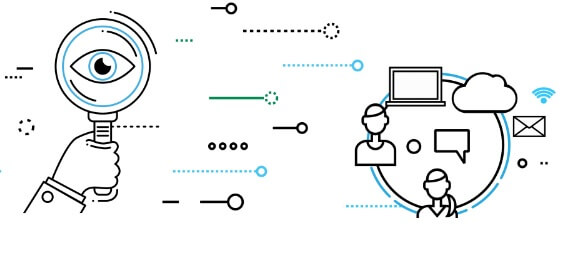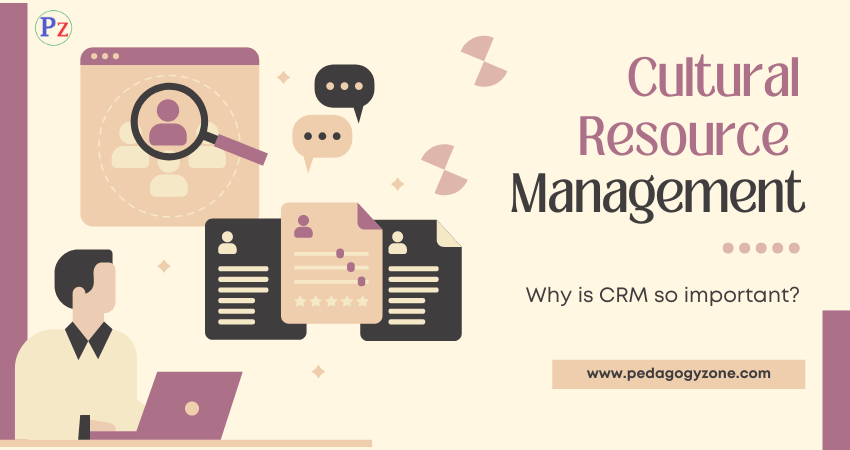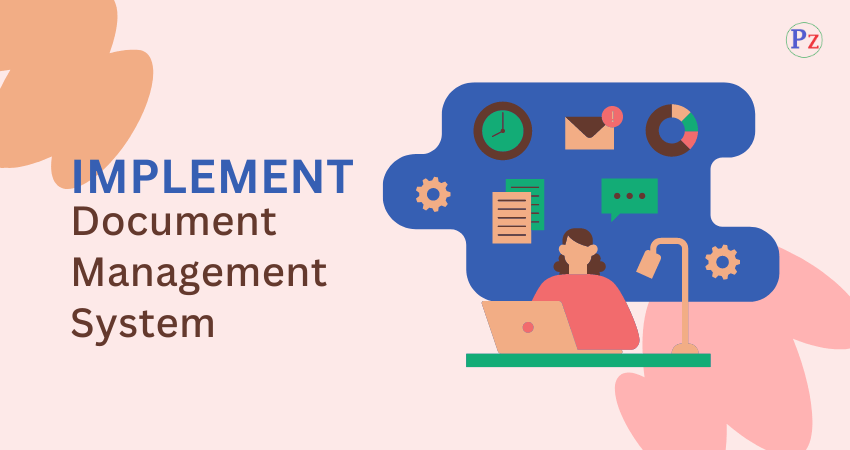In the 1990s several forces were shaping the broad field of HRM. The first key force, new technologies particularly information technology brought about the decentralization of communications and the shake- up of existing paradigms of human interaction and organizational theory. Satellite communications, computers
and networking systems, fax machines, and other devices were facilitating rapid change. Moreover, since these technologies helped blur the lines between work time and personal time by enabling employees to work at home, Human Resource Management professionals began adopting “Management by Objective” approaches to human resources instead of the traditional “management by Sight” method.
A second important change affecting HRM was new organizational structures that began to emerge during the 1980s and continued through the 1990s. Because many companies began expanding their operations and diversifying their products and services, the central decision-making system failed to respond quickly enough to managers’ needs and concerns. Therefore, companies started scrapping traditional, hierarchical organizational structures in favor of flatter, decentralized management systems.
Consequently, fewer managers were involved in the decision-making process and companies were adopting more of a team approach to management. HRM professionals, as the agents of change, were charged with reorganizing workers and increasing their efficiency. These efforts also resulted in the proliferation of part-time, or contract, employees, which required human resource strategies that contrasted with those applicable to full time workers.
A third change factor was accelerating market globalization, which was increasing competition and demanding greater performance out of workers, often at diminished levels of compensation. To compete abroad, companies were looking to their HRM professionals to enhance initiatives related to quality, productivity, and innovation.
Other factors changing HRM include: an accelerating rate of change and turbulence, resulting in higher employee turnover and the need for more responsive, open-minded workers; rapidly changing demographics; and increasing income disparity as the demand for highly educated workers increases at the expense of lower-wage employees.
| Read More Topics |
| Benefits of performance appraisal |
| Career planning and development in HRM |
| Objectives and process of employee training |





